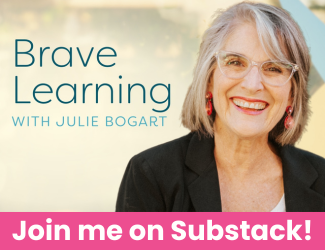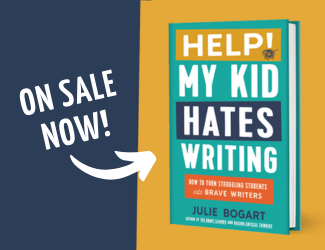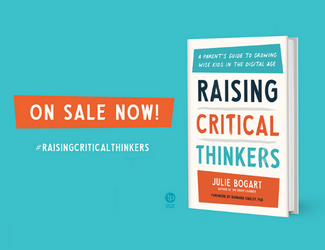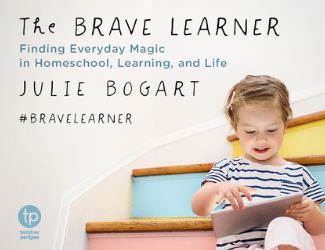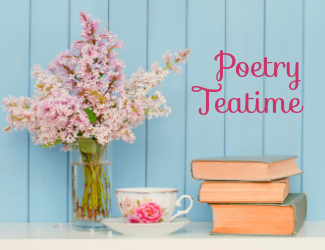[Podcast] Burnout: What It Is and How to Handle It! with Tanya Tarr – Part 2
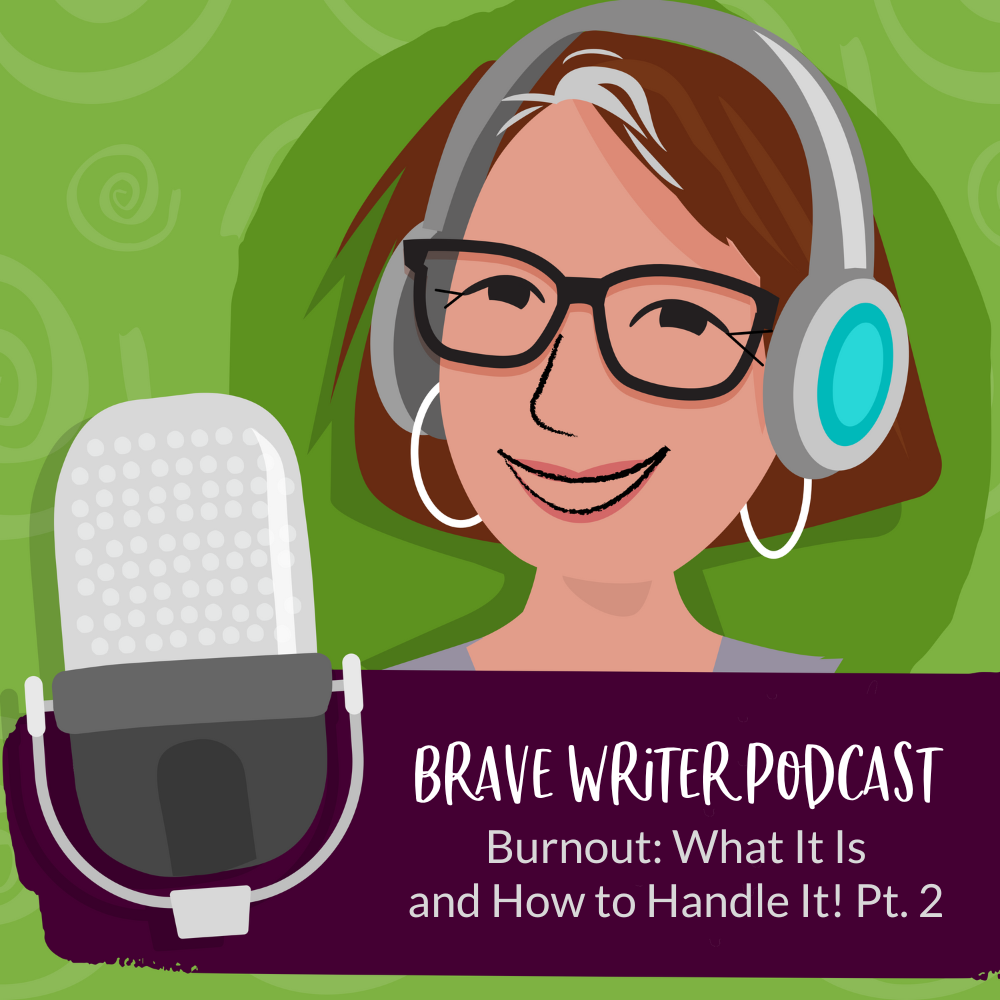
Ever found yourself feeling emotionally and physically drained? Do you wonder if what you’re experiencing is burnout? And importantly, do you know how to combat it?
Today’s podcast continues our conversation with Tanya Tarr, an expert on resilience, to talk about burnout and the strategies we can use to counter it.
Be sure to tune into Part One if you haven’t listened to it yet!
Show Notes
The Power of Positive Affirmation
Tanya takes an interesting approach to beating burnout—engaging in physical, emotional, mental, and cultural activities, which she calls “rooms.” The idea is to move through these rooms regularly, ensuring you’re not neglecting any part of your wellbeing.
One crucial aspect of her approach that Tanya emphasizes is positive affirmation. Unlike conventional techniques that aim to stir discontent to trigger a desire for change, Tanya draws from positive psychology research. The idea is to initiate change from a place of steadiness, confidence, and genuine pride. In a fascinating study about weight loss and self-affirmation, we see how self-affirmation can lead to real-life changes.
Parents often unwittingly transfer their educational anxieties to their children, reinforcing the need to start with a mindset of affirmation and understanding for both parent and child.
However, Tanya makes it clear: affirmations are not mood elevators, but primers for change and openness. They’re essentially psychological multivitamins, preparing us to be flexible, curious, and receptive to change.
Escaping the Doom Loop
Tanya introduces us to the concept of a “doom loop”—a concept borrowed from economics. Our protective bias can sometimes trap us in this doom loop, but activities such as active rest and creative projects can help break the cycle.
Referencing a study by Swedish cardiologists, Tanya explains how group singing can synchronize heart rates and trigger mirror neurons, having potentially anti-depressive effects. With parents, she recommends singing with children as a form of active rest and as an effective transition activity throughout the day. Storytelling and sharing proud moments can build internal resilience in children, offering a buffer against burnout.
Being the CEO of Your Homeschool
While Tanya primarily works with businesses regarding burnout, there are certain parallels between being a homeschooling parent and being the CEO of a company. Parents should regularly check in with their children, especially after failures, fostering a judgment-free environment. Tanya advises against relying on gratitude lists; instead, create a list of things that are working well.
Tanya also acknowledges the value of connections outside the home. No family should exist in isolation. Parents must cultivate relationships that allow them to take a break from their children. As we discussed in the previous part of this conversation, active rest plays a vital role in well-being.
As we wrap things up, it’s important to take inventory of our activities in relation to Tanya’s “four rooms in the house of well-being.” It’s a beautiful concept, reminding us to strive for balance in our lives, ensuring that we’re not spending too much time in any one “room.”
It’s not irresponsible to seek joy. After all, prioritizing happiness and well-being is not just essential—it’s necessary. If you’re a parent, especially a mother, feeling the effects of burnout, I hope our conversation today has given you some tools to identify and understand your own feelings, and, importantly, ways to combat them.
Resources
- FREE Science of Burnout Class with Actionable Triage Tactics
- The Busy to Burnout Index + 4 Triage Tips
- Quiz: (Where Are You on the Busy to Burnout Index?)
- Articles mentioned: 1) Group singing as a resource for the development of a healthy public: a study of adult group singing 2) When Choirs Sing, Many Hearts Beat As One 3) Brain Waves Synchronize when People Interact 4) Here Are Two Clear Ways Executives Can Help Close The Burnout Gap
- Start a free trial of CTCmath.com to try the math program that’s sure to grab and keep your child’s attention!
- It’s fall class enrollment time! Brave Writer 101 is our flagship class, but it doesn’t end there! Learn more at bravewriter.com/online-classes.
- Sign up for our Text Message Pod Ring to get podcast updates and more!
- Send us podcast topic ideas by texting us: +1 (833) 947-3684
- Want help getting started with Brave Writer? Go to bravewriter.com/getting-started
- Sign up for the Brave Writer newsletter to learn about all of the special offers we’re doing in 2022 and you’ll get a free seven-day Writing Blitz guide just for signing up: https://go.bravewriter.com/writing-blitz
Connect with Julie
- Instagram: instagram.com/juliebravewriter
- Twitter: twitter.com/bravewriter
- Facebook: facebook.com/bravewriter
Produced by NOVA Media













